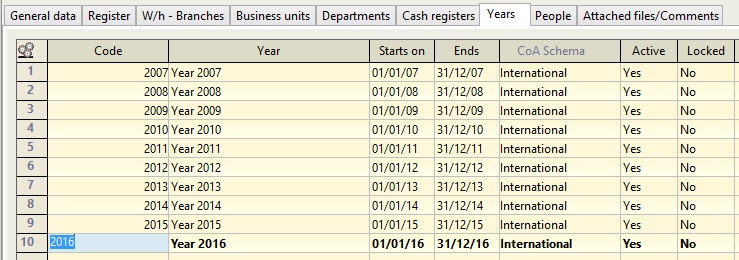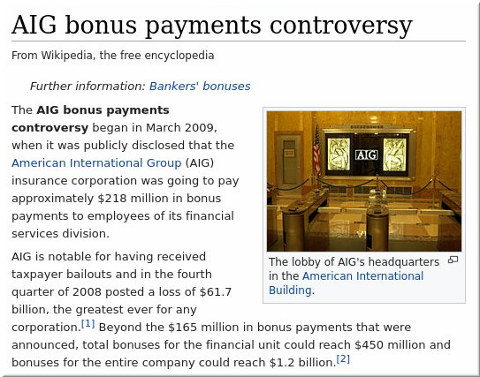

Resumes are the most common document requested of applicants in job applications. A CV begins with your contact information, including your name, address, telephone number, and email address. You should also indicate your area or areas of academic interest. Listing your hobbies and leisure activities is a great way to highlight more of your personality and tell employers about some of the activities you do outside of school and work. After that, add 3–5 bullet points describing your achievements — use hard numbers for emphasis.
Detailing all of these categories can mean a pretty lengthy document. The job description may also include other ATS keywords that are specific to your industry. A quick Google search of your industry and “resume keywords” can often cv meaning show other words worth including. These techniques give the eye a subtle rest by organizing the words on the page. When listing your accomplishments, awards, or skills, for example, consider using bullet points for quicker reading.
For each section, create a header with a slightly bigger and bold font. The more you break down your content, the more enjoyable it will be to read. Plus, you’ll get ready-made content to add with one click.
- To understand the difference between CV vs resume, it’s helpful to note the varying uses, formatting, and content differences between the two documents.
- It will usually state which document the institution wants.
- The coefficient of variation may not have any meaning for data on an interval scale.
- A curriculum vitae, often abbreviated as CV, is a document that job applicants use to showcase their academic and professional accomplishments.
Your CV should tell your prospective employer the story of your academic career and why you’re the one who can best fill their needs for the position. A CV is much more comprehensive, providing details about your academic background. Resumes are typically two pages or less, while CVs can be as long as needed to convey your academic background and experience. There’s no limit to how long a CV can be, but it must be focused on academic and professional experience.
Meaning of curriculum vitae in English
Most candidates have a whole curriculum vitae at the back of their election addresses. Applicants are invited to send their curriculum vitae and names and addresses of three referees. Get ready with Test&Train , the online practice tool from Cambridge. Build your confidence with hundreds of exam questions with hints, tips and instant feedback.
Archaeologists also use several methods for comparing CV values, for example the modified signed-likelihood ratio test for equality of CVs. CV measures are often used as quality controls for quantitative laboratory assays. If measurements do not have a natural zero point then the CV is not a valid measurement and alternative measures such as the intraclass correlation coefficient are recommended. Unlike the standard deviation, it cannot be used directly to construct confidence intervals for the mean.
Maintain plenty of white space and bold type but be consistent in your formatting. When applying to a university that prioritizes classroom experience over research, list your teaching experience at the top. If the institution emphasizes publications over teaching, start with your research achievements. Dominika is a a Certified Professional Resume Writer and job expert with a focus on career development and onbarding processes. At Zety, she writes guides helping readers create winning resumes and manage the various difficulties of the job hunt.

However, international “CVs” are structured and formatted more like a resume than they are an academic U.S. curriculum vitae. Thesesample CVsprovide a helpful guide;this pieceoffers tips for writing your very first CV. Your industry, experience, and desired role will inform your choice of resume format—e.g., chronological, functional, or combination.
See sample resumes, organized by occupation and industry,here. There are also optional sections, including aresume objectiveand acareer summary statement. CVs are lengthier than resumes and include more information, particularly details related to one’s academic and research background. Specifically, your cover letter gives you room to explain how the experience and skills you mentioned on your CV make you the right person for your target job. A CV is a passport to your next job, and includes several sections to give employers an overview of what makes you right for that job. We explain what a CV is along with its different sections, and provide FAQs so you can learn how to write an effective CV.
Outside of the United States, the term is sometimes used interchangeably with a resume. You can tailor both formats to specific jobs, positions, or companies that you apply to, and you can use both to help you stand out among the competition. Tom Gerencer is a career expert and Certified Professional Resume Writer who has published over 200 in-depth articles on Zety. Since 2016, he has been sharing advice on all things recruitment from writing winning resumes and cover letters to getting a promotion. CVs include extensive information on your academic background, including teaching experience, degrees, research, awards, publications, presentations, and other achievements.
Difference in content
There’s one other type of skill section that you can list within your CV, and that is universal skills. This includes skills that are fit in the description or requirements of most career fields – such as MS office, teamwork, analytical thinking, and more. LinkedIn – many people ask for a LinkedIn link when applying for a job. As long as your LinkedIn profile is complete and optimized , feel free to include your LinkedIn URL in your CV. Novoresume’s CV builder helps you build a 1 page CV for free (with a premium version if you’re looking for the extra push).

Use a template.You may want to use a template to structure yourresumeorCV. This will give your document a clear organization, which will help the employer quickly see your qualifications and experience. Aresumeprovides a summary of your education, work history, credentials, and other accomplishments and skills. Acurriculum vitae summaryis a one-to-two-page, condensed version of a full curriculum vitae. A CV summary is a way to quickly and concisely convey one’s skills and qualifications. Sometimes large organizations will initially ask for a one-page CV summary when they expect a large pool of applicants.
Things to Look For While Changing Jobs
By building a near-perfect CV, you’re essentially investing in yourself, and your future. After all, that’s a small price to pay for landing the dream job you’ll be looking forward to. Use a creative template and give your resume a little flair to highlight your creative side.
curriculum vitae
Finally, provide a list of references, along with their contact information, on your curriculum vitae. Doing this is in contrast to a resume, which never contains this information. Some people also call job-specific CV samples ‘templates’ because they act as a template for you to work from as you write your own CV. The education section on your CV should provide details about any degrees you have, your A-Levels, and GCSEs as well as your grades.
A curriculum vitae is an academic diary that lists all of your education, experience, publications, certificates, awards, and publications. A resume is a single-page summary of your work experience and skills that are relevant to the job that you’re applying for. A curriculum vitae, often abbreviated as CV, is a document that job applicants use to showcase their academic and professional accomplishments. It is used to apply for positions within areas where a person’s specific knowledge or expertise is required. A curriculum vitae is usually longer than a resume and must include the information that the recruiter needs to verify the skills, experience, and educational qualifications of an applicant. In a CV, for example, if you are applying for a job in education, you might want to put your teaching experience at the top of your CV.
If you haven’t got your marks yet, you can add predicted grades and the expected date you’ll get your qualifications. In this section, include your current and previous jobs from most recent to oldest . For each role, include your job title, the company’s name and location, and the dates you worked there. Two pages give you the chance to describe your work history, education, and skills in full, while also letting you add a touch of your personality — like your hobbies and interests.
What Is a CV? Definition (Curriculum Vitae Meaning and Use)
Cite responsibilities and achievements, especially if the results are measurable. When making a CV in our builder, drag & drop bullet points, skills, and auto-fill the boring stuff. As you can see, the list of things to include in a CV is rather long, and that’s why the average length of a CV exceeds two pages (unlike a resume, which is typically one-page long). Archaeologists often use CV values to compare the degree of standardisation of ancient artefacts. Variation in CVs has been interpreted to indicate different cultural transmission contexts for the adoption of new technologies. Coefficients of variation have also been used to investigate pottery standardisation relating to changes in social organisation.
For entry-level positions, the CV length can be one to two pages, while the length can go up to 10 pages for positions that require higher qualifications and more experienced personnel. The prospective employer may require the applicants to be members of specific professional bodies. This section mostly applies to select positions such as accountants, engineers, surveyors, IT professionals, etc. List all the professional bodies and associations that you belong to and the status of your membership. If you’ve published academic or conference papers, you should list them in this section. You should include papers that you have solely written, those co-authored with other people, as well as those you have contributed to.